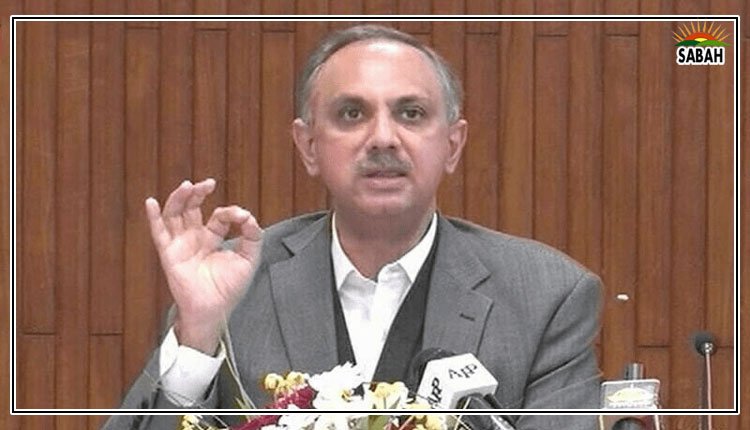The CBD roadmap….Aisha Khan
THE Convention on Biological Diversity was opened for signature in 1992 at the Earth Summit in Rio, and came into force in December 1993. The CBD is an international treaty for the conservation of biodiversity, the sustainable use of the components of biodiversity and the equitable sharing of benefits derived from the use of genetic resources. The Cartagena Protocol on Biosafety and the Nagoya Protocol on Access and Benefit Sharing are supplementary agreements to it.
Unlike the hype surrounding the annual Conference of Parties on climate change, the CBD, taking place every two years, hasnt commanded the same attention from governments, civil society or media previously.
But, close links between the two are now increasing pressure to recognise the critical nexus, and working in tandem to achieve targets by 2050.
The CBD concluded its negotiations last month in Montreal, providing world leaders with a once-in-a-decade opportunity to land a global deal for nature. The ambitious action plan was boosted by the findings of the Inter-Governmental Panel on Climate Change that linked restoration of ecosystems to conservation of biodiversity in building resilience and securing food security. The outcome of the Global Biodiversity Framework (GBF) will have a direct impact on national plans, commitments and public funding for nature. It will also influence climate strategies, guide investments and provide accountable targets for the public and private sectors.
The GBF covers many issues with a mission to halt and reverse biodiversity loss by 2030 and to live in harmony with nature by 2050. To this end the Kunming-Montreal Global Biodiversity Framework bound together through agreements on finance, implementation and monitoring, and enhanced credibility, is a landmark deal. It is a step forward in translating obligations under the CBD into action. Of significance is the agreement reached to mobilise $200 billion from all sources (domestic and international) per year by 2030; and to increase international flows, including Official Development Assistance to at least $20bn per year by 2025, and at least $30bn per year by 2030. This commitment represents a tripling in funds compared to the previous framework. It is also significant that international financial flows will come from developed countries and states that voluntarily assume obligations of developed country parties.
GBFs resource mobilisation decision includes a call for financial system reform, including invitations to MDBs and IFIs to align their portfolios and financial flows with the convention and GBF by 2030 to increase finance for biodiversity and consider partnering with the new Global Biodiversity Fund. The agreement to create this new fund under the Global Environment Facility will be subject to a sunset clause and will lapse in 2030 unless parties to the convention agree to create space to discuss the need for a new stand-alone fund to support the CBD in future.
Under the 2030 action targets for operationalising the vision and mission, it will be important to work actively towards achieving key targets. These include spatial planning, ecosystem restoration, protecting 30pc of land ecosystems and 30pc in marine environment, halting human-induced extinction risks, reducing climate change impact on biodiversity and eliminating, phasing out or reforming incentives and subsidies harmful to biodiversity among others.
The implementation and monitoring framework of the agreement sets up a timetable for actions which require revising targets for national biodiversity strategies and action plans, and i) setting national targets with standard templates by COP16; ii) submitting national reports (2026-2029); iii) conducting global reviews of collective progress at COP17 and COP19, iv) voluntary ratcheting up by countries after reviewing global progress.
For Pakistan, it is important to align national biodiversity strategies, action plans and commitments with GBF requirements ahead of COP16. The government also needs to take urgent action at the domestic level to adopt laws to implement the GBF.
The implementation plan should include action to take forward Target 15 which requires legal, administrative or policy measures to encourage or enable businesses to disclose their risks, dependencies and impacts on nature. Developing a national biodiversity finance plan that enables the government to mobilise resources to support GBF implementation as well as initiatives for standard-setting bodies on nature-related disclosures and transition plans to align work with GBF outcomes will help.
While the COP15 outcomes provide a good implementation framework and a step forward from Aichi, much will depend on sustained political attention and mobilisation of resources. Integrating the outcomes of COP15 into COP28 and holding annual CBD meetings can enhance delivery on the Paris Agreement.
Courtesy Dawn












